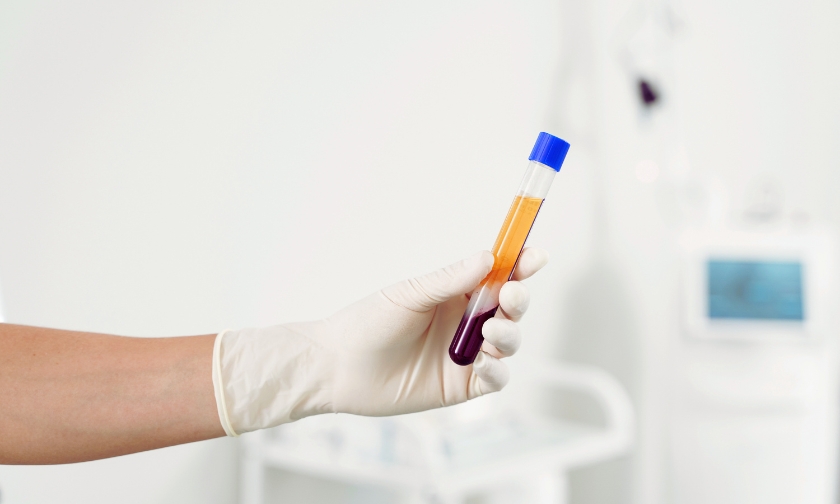
You’ve just had a tooth extracted—or maybe a dental implant placed. The procedure is done, but you’re still in that vulnerable in-between space. Your mouth’s tender. You’re hoping the healing goes smoothly, without setbacks. Your provider mentioned Platelet-Rich Plasma, or PRP, to boost recovery—but now you’re wondering: how long before I notice a difference?
The truth is, PRP doesn’t work like painkillers or antibiotics. There’s no instant relief or dramatic overnight change. Instead, it starts working quietly from within—promoting tissue regeneration, reducing inflammation, and enhancing your body’s natural healing process, all in the background.
Let’s walk through what PRP does after oral surgery and when you might start noticing the results.
PRP: Not a Trend—A Biological Advantage in Dental Healing
PRP therapy uses concentrated platelets from your blood that are rich in growth factors. These growth factors signal your body to send healing cells to the site of injury—whether that’s a fresh extraction socket, an implant post, or a grafted ridge.
Here’s what makes PRP a game-changer in dentistry:
- Reduces swelling and post-operative discomfort, helping you feel better sooner.
- Promotes bone regeneration—creating a healthier, more stable foundation for implants.
- Lowers infection risk—by reinforcing your body’s natural defense mechanisms.
Instead of merely easing symptoms, PRP treatment accelerates how fast and how well your tissues recover. But, like any biological process, it follows a timeline.
What to Expect: The Healing Timeline After PRP Treatment
Week 1–2: The Body Gathers Its Forces
You may not see it, but a lot is going on. Right after PRP is applied:
- Platelets release signals that draw in healing cells.
- Inflammation begins to decrease more quickly than it would without PRP.
- Swelling and soreness usually improve within the first several days.
You may feel slightly better—less puffiness, a little less pain—but the big changes haven’t arrived just yet.
Week 3–4: Building the Scaffolding
This is when soft tissue cells begin organizing themselves, and the foundation for stronger bone or gum tissue takes shape.
- Gum tissue becomes more resilient.
- Blood vessels form and improve circulation at the site.
- Bone grafts begin integrating, slowly gaining density and volume.
It’s subtle, but the groundwork for long-term healing is being laid.
Month 2–3: Strength from Within
For dental implants and grafting, this is a critical time. You might not feel a dramatic difference, but radiographic images often show progress.
- Bone regeneration around implants begins to solidify.
- Gum tissues seal more securely.
- Overall, comfort improves gradually.
At this stage, many patients find that daily discomfort has diminished or disappeared altogether.
Months 4–6: Healing Gains Momentum
Now, your body’s repair work becomes more noticeable:
- Implants are usually well-integrated and ready for restoration.
- Bone grafts feel stable, and swelling is no longer a concern.
- Any lingering inflammation is usually resolved.
While every mouth heals at its own pace, this is typically the window where patients feel confident moving into the next step of their treatment plan. Patients should also follow a strict oral care routine during this period to quicken the healing process.
The Long Game: Why PRP Is Worth It
Healing after oral surgery isn’t just about speed—it’s about quality. You want strong, healthy bones and resilient tissue – a foundation that can support future dental work without complications. PRP doesn’t cut corners; it helps your body heal smarter and more completely.
Even after the visible signs of healing stop, microscopic changes continue. Tissues stabilize. Bone strengthens. And your long-term oral health gets a meaningful boost—thanks to a little extra help from your biology.
Give your recovery a boost from the inside out. Schedule your consultation today and take the next step toward lasting oral health.

